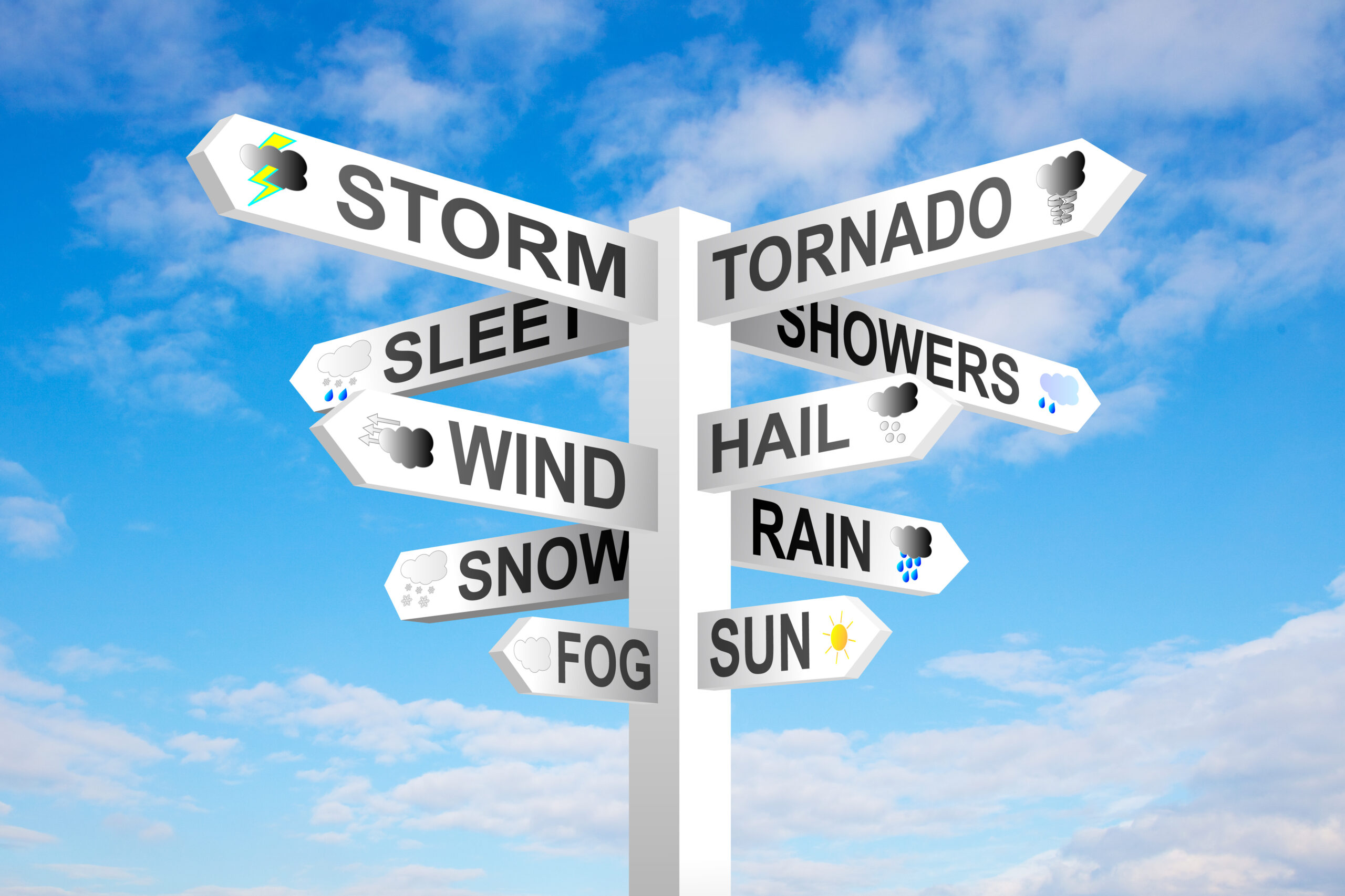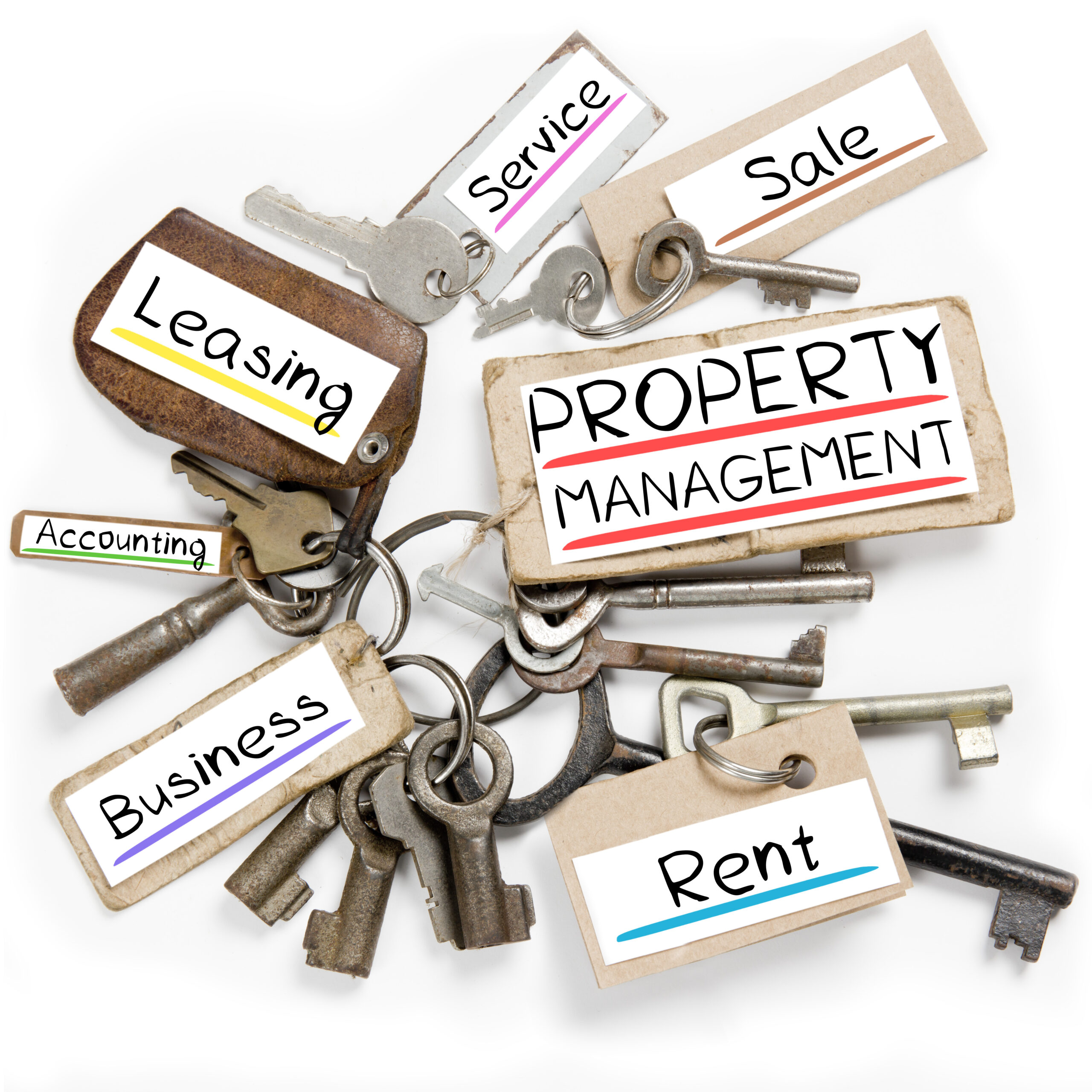- Services
-
-
-
Insurance Claim Types
-
-
- Resources & Support
-
-
-
Insurance Claim Support
-
-
- About Us
-
- Contact Us
Insurance Claim Types
Hurricane damage INSURANCE claims
Account for all the damage to your property and get what you need to recover completely. We are here as your hurricane damage insurance claim advocates.
REACH THE RIGHT SETTLEMENT SOONER FOR YOUR HURRICANE DAMAGE INSURANCE CLAIM WITH THE HELP OF A TEAM WHO WILL ADVOCATE FOR YOU AND YOUR PROPERTY
A hurricane can cause catastrophic property damage in many different ways: wind, water, tornados, and more. Damage to this extent means your insurance company is inundated with calls and claims that slow the path to recovery. Our team of public adjusters and experts will advocate for you, investigate and document the damage, and negotiate every important detail of your hurricane damage insurance claim so you can get recover from your loss with the full settlement you deserve.
Related insurance claim types
We Defend your insurance claim
with hard data
You don’t have time for dragged-out insurance claims that end in low or denied settlements. We use the right technology and objective data to drive timely and accurate results.
We handle your hurricane damage insurance claim
from beginning to end
Step 1
Inspection
Step 2
Estimation
Step 3
Preparation
Step 4
Negotiation
Step 5
Settlement
WHAT SHOULD I DO WHEN A
HURRICANE DAMAGES MY PROPERTY?
Document damage
01
Before filing the claim, photograph and video all the damages. For example, record leaking water, damage to roofs, etc.
Inspect & estimate
02
Request a complete copy of your property policy from your insurance agent if you don't have one readily available. Contact a qualified damage expert like a public adjuster to inspect, verify and quantify damage with an estimate. Avoid submitting frivolous claims where damages don’t exceed your deductible or the property didn’t sustain a covered cause of loss under your policy.
Mitigate damages
03
Policyholders are required to protect covered property from further damage. Failure to do so may result in denied coverage. Be sure to document and photograph everything, limit the amount of demo a company performs and avoid doing anything to permanently alter the structure or exceed your policy limits. Roof tarping is a commonly accepted temporary repair.
File the claim
04
Once you’ve determined the need for a claim, submit the claim to the carrier. Include all of the detailed information you have compiled in the steps above. Also, be aware of time limits that may apply, including:
-
- Making claim for replacement cost value (RCV)
- “Suit Against Us” provisions
- Proof of Loss
-
- Statutory requirements
- Business interruption/extra expense
Start a claim diary
05
List every person/adjuster with whom you speak and the date they inspect the property. Keep an account of conversations and always get as much possible in writing. (Pro tip: summarize important phone conversations in an email back to the insurance adjuster making sure to verify any verbal commitments in writing.)
Prep for the adjuster
06
Consider hiring a public adjuster, who will prepare the estimate and claims package for you before the adjuster even steps foot on the property. Be aware of common “red flags” and contact a public adjuster or attorney if any of the following occur:
-
- A need for engineers
- Short inspections
- Mentions of damages under deductible
-
- Reservations of Rights
- Claim denials or delays
- Examination under oath (EUOs)
Get a valuation of damage
07
Twenty-two of the 25 major U.S. insurance companies rely on the estimating software, Xactimate, to quantify damage. If your contractor does not use Xactimate, that’s okay. However, consider bringing in a public adjuster who does use this software in order to produce the most thorough, accurate estimate and ensure every nook and cranny is included in the scope.
Get payout/complete repairs
08
Before you sign a waiver of rights or a Proof of Loss, make sure you are satisfied with the proposed settlement. Signing documents like these can oftentimes prevent you from recovering anything further, including supplements.
Previous slide
Next slide
Get insurance claim service
tailored to your industry
Property
managers
Let us take on the claim process and reach a fair settlement for your HOA or multifamily complex.
Contractors
Save time, ensure your clients get what’s rightfully owed to them and get paid faster with an insurance partner.
Common questions
about hurricane insurance claims
Understand the important things to consider and get answers to your top
questions around your hurricane damage insurance claim.
How can I mitigate damages to my property without exceeding my policy limits?
Roof tarping is a commonly accepted temporary repair. “Loose lay” is a term some mitigation contractors are using to reference brand new membrane roof material laid loosely on the roof and secured with rocks. While this may work, it’s extremely expensive and it could burn through your policy limits while not even providing a permanent solution. Another term is “shrink wrapping” where again, the fix can cost more than the actual repair, diminishing your policy limits.
How can I tell if my tile roof is damaged or not?
Tile roofs can appear unscathed after a storm but wind uplift tests can provide evidence unseen to the naked eye. Wind can cause the tiles to jiggle up and down or “chatter.” Even though the tiles themselves look fine, their repetitive movement can put small tears and punctures in the underlayment and loosen the fasteners, reducing the ability of the tile to resist future uplift events and remain water tight. Consider hiring a public adjuster or damage expert to perform the appropriate tests.
Why can’t a new roof fastener be placed in the same hole as the original fastener?
There are several reasons for this. First, the new fastener will not have the same holding capacity as the original fastener. Water tightness of the underlayment will be compromised where the original fastener was placed. Sealing the fastener hole is not putting the roof back into the position it was prior to the damage occurring. Lastly, installing a larger diameter fastener may not be possible without modifying the tile, which would invalidate the Florida Product Approval.
When and why would a structural engineer be needed for hurricane property damage?
The high wind blowing over the roof creates a low pressure in accordance with Bernoulli’s principle. This difference of pressure causes an upward thrust and the roof is lifted up. This is why C3 Group recommends that a licensed structural engineer inspect properties to determine if the pressure build up caused more severe damage than meets the eye. The insurance company may provide one of their choice. However, if you have professional fees coverage under your policy, you may be able to use this additional coverage toward hiring one of your choice. Make sure they are a licensed STRUCTURAL engineer (not forensic).
How do I know if a hurricane/wind damaged my windows?
The answer to whether or not wind can affect the performance of a window can be complicated and a proper inspection is essential. Furthermore, the effect of wind forces needs to be considered in context with other factors, such as window maintenance, material properties and possible issues in the original manufacturing. Consider hiring a public adjuster or damage expert to obtain the correct inspections.
How can I be sure my property is safe to occupy again after hurricane damage?
At C3 Group, we hire expert industrial hygienists on every water and fire-related loss to inspect, assess and resolve any health and safety issues.
Can I dispute my hurricane claim?
Who do you trust, your contractor or your insurance adjuster? If you have an active claim and you have a large dispute between the amount paid by insurance and what your contractor is stating, it’s a good idea to contact a public adjuster, who can assist you in disputing the claim.
What do I do if my claim gets denied or underpaid?
If you have a claim denial or a partially denied claim, it is a good idea to have a licensed public adjuster or attorney review the file to provide a secondary coverage opinion. Our team can review your claim for free.
How do I know if I need a public adjuster on my hurricane claim?
A qualified restoration contractor can provide an estimate and guide you through the residential claims process. However, if you own or manage a commercial property, policies become more complex and require more detailed reviews of coverage. Oftentimes, insurance companies will require detailed estimates written in a software program, Xactimate. And unfortunately, the vast majority of commercial property claims are underpaid. Our team is certified in Xactimate and includes one of only 48 Xactimate Certified Trainers in the nation. We also have the insurance knowledge and industry expertise you need to ensure your claim is filed accurately, negotiated professionally and paid fairly.






